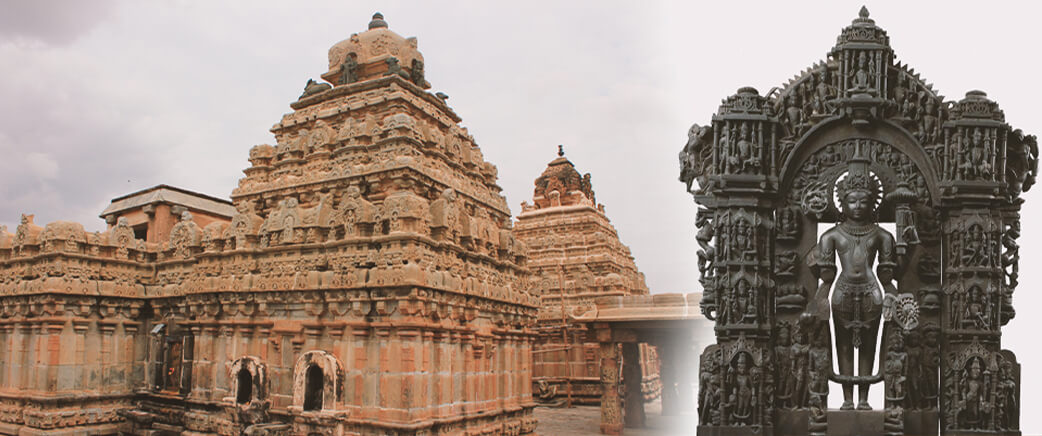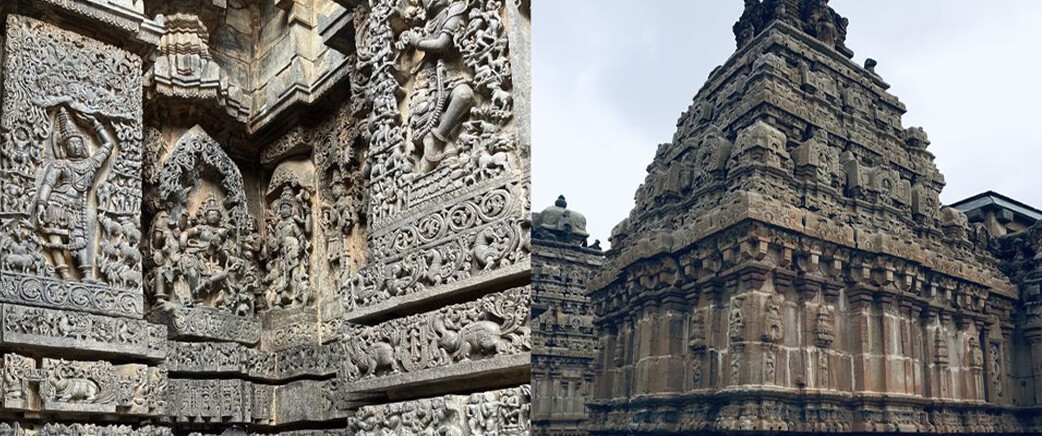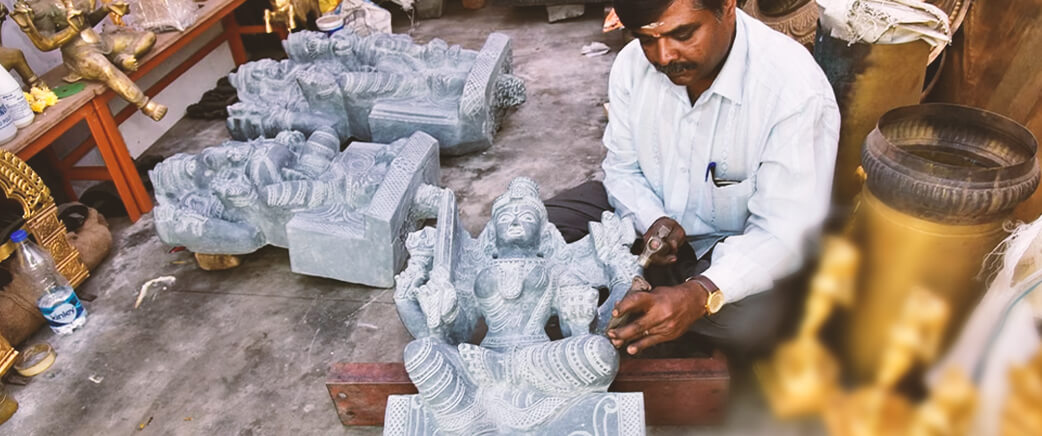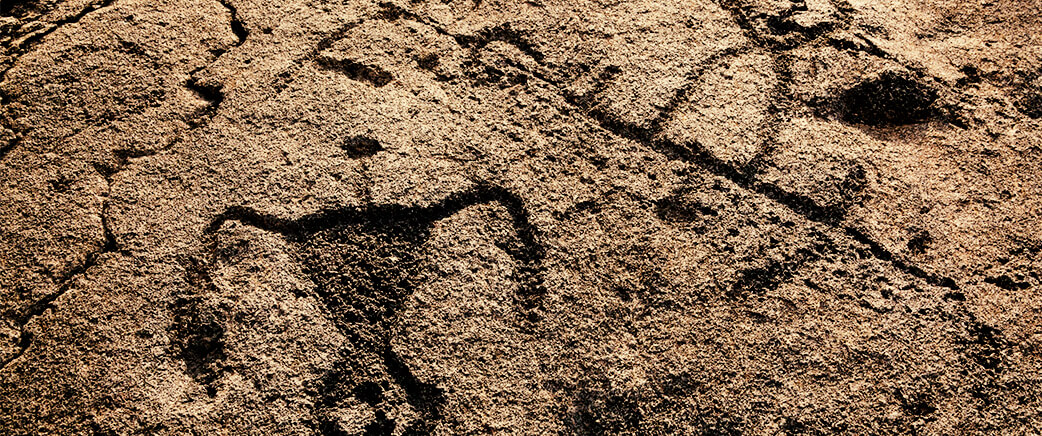
Stone carving stands as a testament to human creativity and artistry. Through the ages, this traditional craft has been passed down orally, leaving behind numerous stone temples and sculptures that bear witness to the skill and dedication of stone sculptors. In this comprehensive exploration, we will delve into the intricate process of making stone statues, the required tools and materials, and the fascinating techniques employed by artisans.
The Process of Making Stone Statues: A Journey into Petroglyphs
Origins and Significance
Stone carving is also referred to as Petroglyphs. This process involves creating sculptures from raw blocks of stone, a tradition that has been practiced for centuries. Throughout history, stone sculpture has been a practice passed down through generations, resulting in the creation of numerous stone temples and statues.

Required Tools and Materials
Traditional Indian stone carving relies on a specific set of tools, each serving a unique purpose in transforming raw stone into exquisite art. The tools used in this traditional craft include:
- Wooden Hammer: Employed for precise and delicate carving, allowing artisans to shape the stone with accuracy.
- Iron Hammer: A larger tool designed for more substantial carving, enabling craftsmen to work on larger sections of the stone.
- Chesil: This wide-edged carving tool provides versatility, allowing artisans to create various textures and details on the stone.
- Cutting Device: Automated tools are used for cutting large stone blocks, providing efficiency and precision in shaping the raw material.
- Drilling Machine: Essential for sculpting intricate details in the stone, this tool allows craftsmen to create precise patterns and designs.
- Grinding Machine: Used to smoothen the stone surface, ensuring a refined and polished finish to the carved piece.
- Right Angle Scale: A crucial tool for measuring angles at 90 degrees, contributing to the overall precision of the stone carving.
- Metal File: This tool is essential for smoothing and polishing surfaces, adding the finishing touches to the carved stone.
- Measuring Tape: An indispensable tool for gauging the size ratio of different sections of a stone chunk, ensuring proportionate and balanced carvings.
- Sandpaper: Utilized in the final stages of the carving process, sandpaper is employed for polishing the stone to perfection, enhancing its overall aesthetic appeal.

The Raw Material: Stone's Unique Characteristics
Stone sculptors work with various types of stone, each possessing distinctive characteristics. The choice of stone significantly influences the sculpting process. For instance:
–Sandstone: Realistic and rough, requiring careful handling.
– Marble: Crystalline and soft, ideal for delicate carving.
– Granite: Solid and unyielding, demanding varying pressure and strength.
–Sandstone: Realistic and rough, requiring careful handling.
– Marble: Crystalline and soft, ideal for delicate carving.
– Granite: Solid and unyielding, demanding varying pressure and strength.
The Intricate Process of Making Stone Statues

Selecting the Stone
The journey begins with the careful selection of the stone. The type of stone chosen determines the possibilities and organizational structure of the sculpture. Artists must consider the unique characteristics of each stone variety to guide their creative process.
Cutting the Stone into Desired Shape
Once the stone is selected, the artisan determines the fundamental shape of the sculpture. Calculation and inspection for cracks are crucial steps. The cutting machine and metal chisels are employed to remove excess stone, revealing the desired forms. The process involves wetting the stone, allowing it to gradually take shape through contraction and expansion induced by temperature changes.
Engraving the Details
Carving the finer details is a challenging process that demands precision, focus, and utmost caution. The artist must consider the size, shape, and expression of the face, as well as the ideal angle for intricate details like diamonds or jewelry. Mistakes during this stage are irreversible, emphasizing the skill and intellect required to anticipate the features of the sculpture.
Polishing
After the initial rough carving is complete, finer tools are utilized to chisel intricate details. Excess dust is removed with the help of a brush, and the stone is polished to achieve a smooth finish. Some stones can be polished to a mirror-like sheen, showcasing the artist’s attention to detail.
A Brief Exploration into Petroglyphs

In essence, Petroglyphs refer to the creation of stone statues, a process that involves a myriad of factors. The most intriguing step in this artistic journey is the artist’s choice of a particular stone, setting the tone for the entire creative process. Artists skillfully gauge how far to carve by chiseling away tiny bits of stone, gradually revealing the desired design.
The artist’s consideration of facial features, size, and angles during the carving process reflects a deep understanding of the stone’s characteristics. Mistakes during this intricate process are not an option, as the stone cannot be replaced once carved.
The artist’s consideration of facial features, size, and angles during the carving process reflects a deep understanding of the stone’s characteristics. Mistakes during this intricate process are not an option, as the stone cannot be replaced once carved.
Conclusion: A Testament to Skill and Dedication
In conclusion, the art of stone carving, encapsulated in Petroglyphs, is a fascinating journey that transforms raw stone into intricate sculptures. The required tools, materials, and techniques reflect the dedication and skill of artisans who have carried forward this ancient craft through the ages. Stone statues, bearing the mark of Petroglyphs, stand as timeless pieces of art that continue to captivate and inspire generations.




